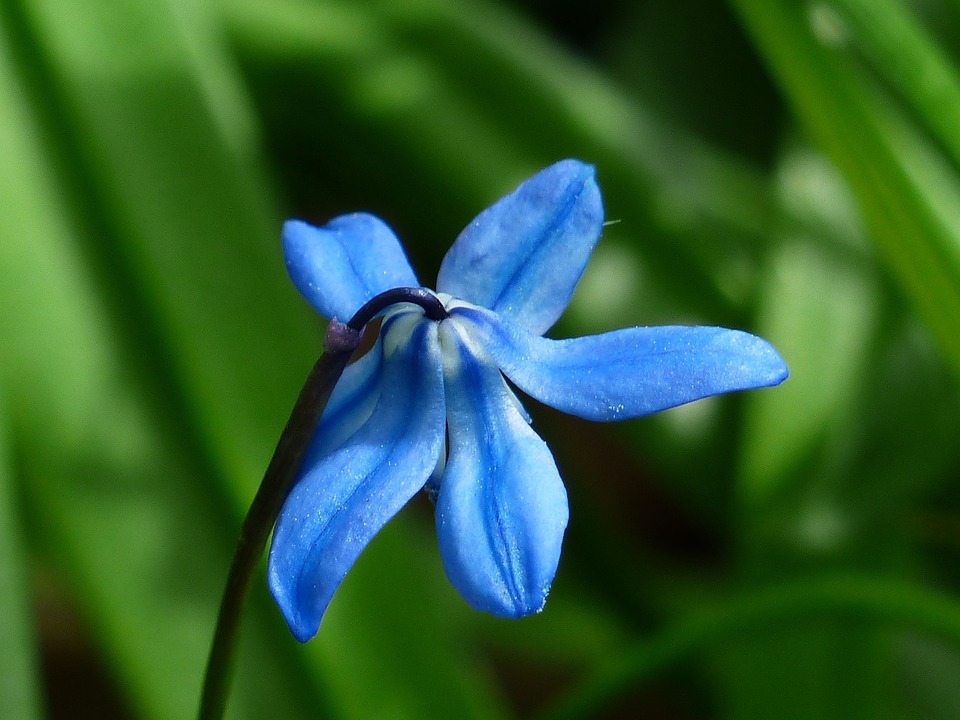Introduction
Xativa, a charming town nestled in the heart of the Valencia region in Spain, is a true gem for history enthusiasts. With its rich cultural heritage, significant historical sites, and captivating stories, this place has a lot to offer. Let’s explore the secrets and unravel the mysteries of Xativa’s past.
The Medieval Wonders
Xativa’s history dates back to the prehistoric times, but it truly flourished during the Middle Ages. One of the highlights is the imposing Xativa Castle, perched high on a mountain. This 12th-century fortress witnessed countless battles and sieges, making it an emblem of resilience. Walking through its ramparts, you can imagine the warriors of the past standing in defense of their beloved town.
Another medieval marvel is the Collegiate Basilica of Santa Maria, an architectural masterpiece that combines elements of Gothic, Renaissance, and Baroque styles. The interior boasts stunning artwork and intricate details, leaving visitors in awe of its grandeur.
The Birthplace of Popes
Xativa proudly holds the title of being the birthplace of two popes. Famous sons of this town, Rodrigo de Borja, who became Pope Alexander VI, and his uncle, Callixtus III, left their mark on the pages of history. Exploring their roots can take you on a journey through the unique religious and political dynamics of the time.
Revolution and Festivities
During the Spanish War of Succession, Xativa played a significant role. The town was the birthplace of the revolutionary general Jose Antonio de la Llave, who fought against the Bourbon monarchy. Visitors can immerse themselves in this turbulent period of history by visiting the Casa de Enseñanza museum, dedicated to the Spanish Enlightenment. Xativa also commemorates its historical events with grand festivities, such as the Fiestas de la Mare de Déu and the Semana Santa processions, where locals showcase their rich cultural traditions.
Hidden Gems in the Countryside
While Xativa’s historical treasures are widely known, the surrounding countryside hides its own secrets. The Natural Park of La Marjal de Gandia is a pristine wetland that offers a haven for wildlife enthusiasts and nature lovers. The picturesque landscapes, diverse ecosystems, and birdwatching opportunities make it a perfect escape from the bustling city center.
FAQs
Q: Is Xativa easily accessible from Valencia?
A: Yes, Xativa is conveniently connected to Valencia by train, making it an ideal day trip destination. The journey takes around 45 minutes.
Q: Are there guided tours available in Xativa?
A: Absolutely! Xativa offers guided tours in various languages, allowing visitors to delve deeper into the history and culture of the town.
Q: Are Xativa Castle and the Collegiate Basilica open to the public?
A: Yes, both attractions are open for visitors to explore. Xativa Castle offers breathtaking views of the town and surrounding landscapes, while the Basilica enchants with its architectural splendor.
Q: Can you recommend any local delicacies to try in Xativa?
A: Xativa is known for its exceptional cuisine. Don’t miss the opportunity to try local dishes such as arroz al horno (oven-baked rice), fideuà (a variation of seafood paella), and horchata (a refreshing drink made from tiger nuts).

